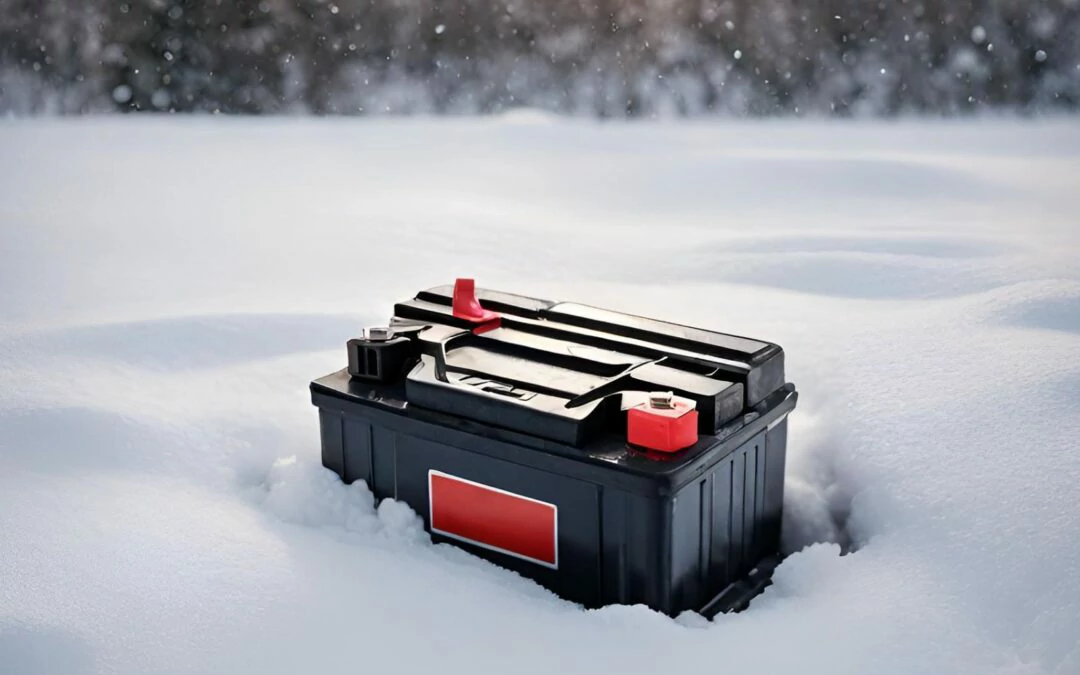Motorcycle Lithium Battery BMS Thermal Management Materials
main content
Motorcycle lithium battery BMS thermal management materials are critical to ensuring reliability, safety, and longevity in demanding riding conditions. These components must balance high energy transfer efficiency with robust heat dissipation, even under vibration, temperature extremes, and rapid charge-discharge cycles. By integrating cutting-edge materials and innovative cooling architectures, modern BMS designs optimize thermal stability while minimizing weight and space constraints. Below, we explore the core principles and advancements shaping this field.
1. Structural Encapsulation Materials: Durability Meets Thermal Control
High-performance encapsulation materials shield BMS electronics from environmental stressors while enhancing heat dissipation. Aerospace-grade aluminum alloys dominate housings due to their lightweight properties and thermal conductivity (1.30 C/W·in³). Reinforced polymer composites, such as glass-filled polyamide (PA66-GF30), add corrosion resistance and maintain structural integrity at temperatures up to 150°C. For extreme thermal loads, 3D-printed titanium lattices reduce weight by 60% while enabling passive airflow cooling through laser-melted microchannels.
To prevent overheating, phase-change materials (PCMs) like paraffin wax or salt hydrates are embedded within battery modules. These materials absorb excess heat during peak loads and release it gradually, stabilizing cell temperatures within ±5°C. Advanced systems combine PCMs with graphene-enhanced thermal pads, slashing interfacial resistance by 35% and accelerating heat transfer to external heat sinks.
2. Active and Passive Cooling Strategies
Passive cooling relies on conductive materials and structural design to dissipate heat. Extruded aluminum heat sinks with fin heights up to 1.7" efficiently channel heat away from BMS components, even in confined spaces. EMI-shielded thermal interface materials, such as silicone-based gels with ceramic fillers, ensure seamless heat transfer between circuits and cooling surfaces.
For high-power applications, active liquid cooling systems circulate coolant through microchannel cold plates adjacent to BMS boards. This approach reduces peak temperatures by 40% compared to air-cooled designs. Emerging solutions integrate gas-injection heat pumps (GIHP), which share refrigerant loops with vehicle air conditioning systems to achieve 26% higher efficiency in extreme climates.
3. Safety Innovations: Mitigating Thermal Runaway Risks
Thermal runaway remains a critical concern for lithium batteries. Multi-layered safety measures include:
Patented pressure-equalization valves: Burst discs and labyrinthine gas vents prevent explosions by releasing pressurized gases during cell failure.
Self-healing silicone seals: Microencapsulated agents automatically repair cracks caused by vibrations, restoring IP67/IP68 waterproofing.
Smart thermal fuses: PTC (positive temperature coefficient) devices interrupt circuits at predefined temperatures, isolating faulty cells within milliseconds.
Fire-resistant battery housings with stainless steel cores and ceramic coatings withstand temperatures exceeding 1000°C, delaying flame propagation. Real-time monitoring via AI-driven BMS firmware further enhances safety, predicting thermal anomalies through voltage and temperature data trends.
4. Future Trends: Smarter, Lighter, and Adaptive Solutions
Next-gen BMS thermal management prioritizes AI-optimized cooling. Machine learning algorithms adjust coolant flow rates and PCM activation thresholds based on riding patterns and ambient conditions. Graphene’s unparalleled thermal conductivity (600 W/m·K) is being harnessed for ultra-thin, flexible heat spreaders that replace bulky metallic components.
Modular designs are gaining traction, allowing riders to upgrade cooling subsystems without replacing entire packs. For example, interchangeable heat sinks with Bluetooth-enabled thermal sensors enable real-time performance tracking via mobile apps.
Conclusion
Motorcycle lithium battery BMS thermal management materials represent a fusion of material science and precision engineering. From graphene-doped interfaces to self-repairing seals, these innovations ensure uninterrupted power delivery across rugged terrains and climatic extremes. As electric motorcycles embrace 800V architectures and megawatt charging, thermal solutions will evolve from passive components to adaptive, intelligence-driven systems. For riders seeking reliability, investing in advanced thermal management isn’t just a choice—it’s the cornerstone of peak performance and safety.

START-STOP LITHIUM battery
Enov start-stop battery is designed to provide excellent performance for high-demand start-stop vaehicles. It adopts the third-generation intelligent lithium platform architecture to achieve technological breakthroughs in core indicators such as cycle life, environmental adaptability and energy density. Compared with the traditional lead-acid battery system, the energy efficiency is increased by 210%, the cycle life is extended by 8-10 times, and the monthly self-discharge rate is controlled within 3%. Enov's unique low-temperature battery technology makes a breakthrough in achieving stable output in the whole climate domain from -30℃ to 65℃, maintaining more than 90% of the effective capacity release under extremely cold conditions (-30℃), and maintaining 90% of the capacity in high temperature environments (65℃).
The start-stop battery series products cover the mainstream voltage platform of 12V/24V/48V, and support flexible configuration of LFP (lithium iron phosphate) and NCM (lithium nickel cobalt manganese oxide) dual-material system. All models adopt modular design to support customization of different model specifications. Enuo engineering and technical team to provide full cycle technical service support, if you need, please contact us.
Other products
UAV BATTERY
LITHIUM ENERGY STORAGE BATTERY
QUICK INQUIRY
FAQ
Access to high frequency technical questions with one click, get accurate answers on product application, after-sales policy and customization process.
Service and Support
Get the latest product specifications, explore professional OEM/ODM customization services, click to open exclusive technical support and production solutions.
Become a Partner
We sincerely invite resources to interconnect, work together for win-win development, and immediately open a new chapter of strategic cooperation!





